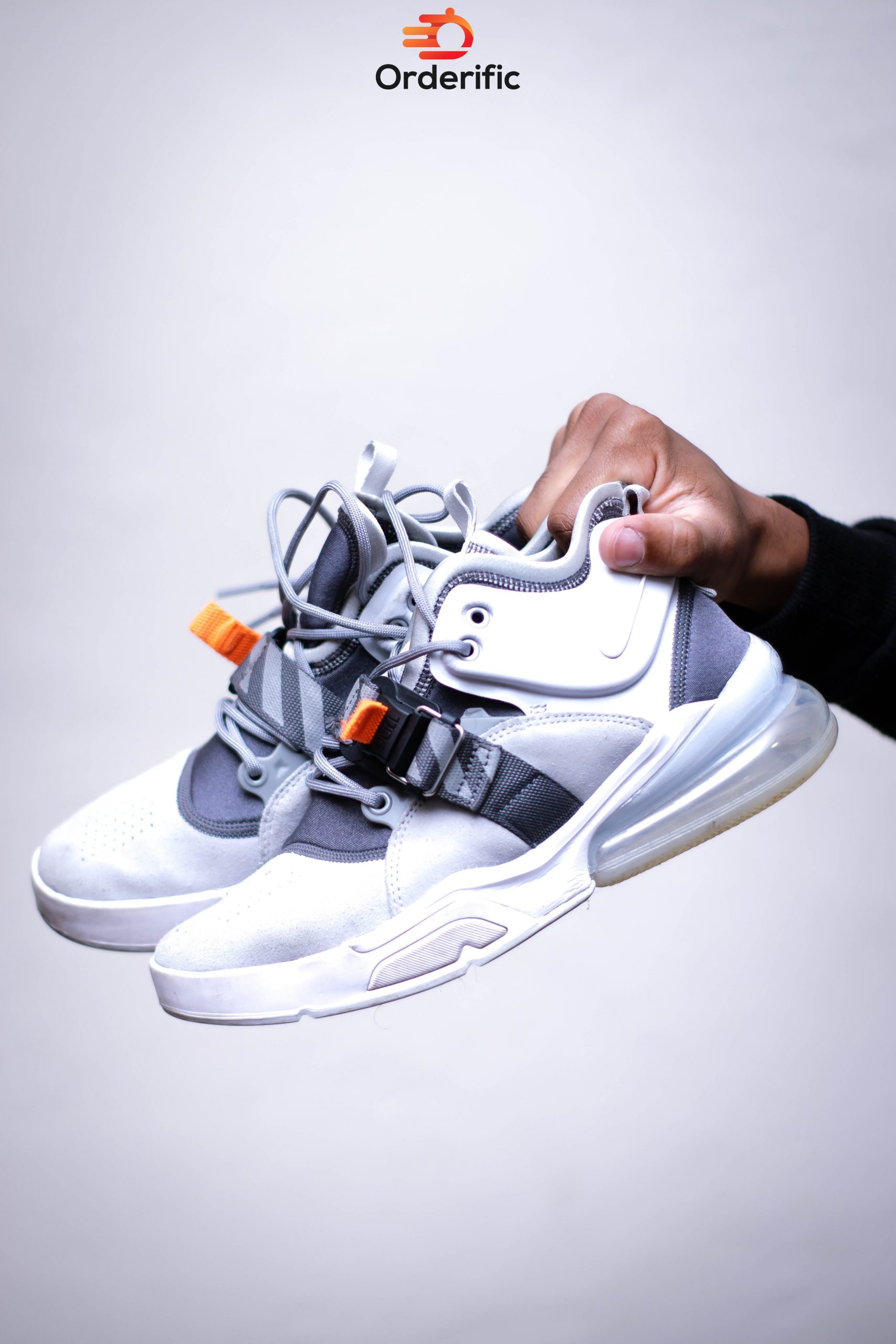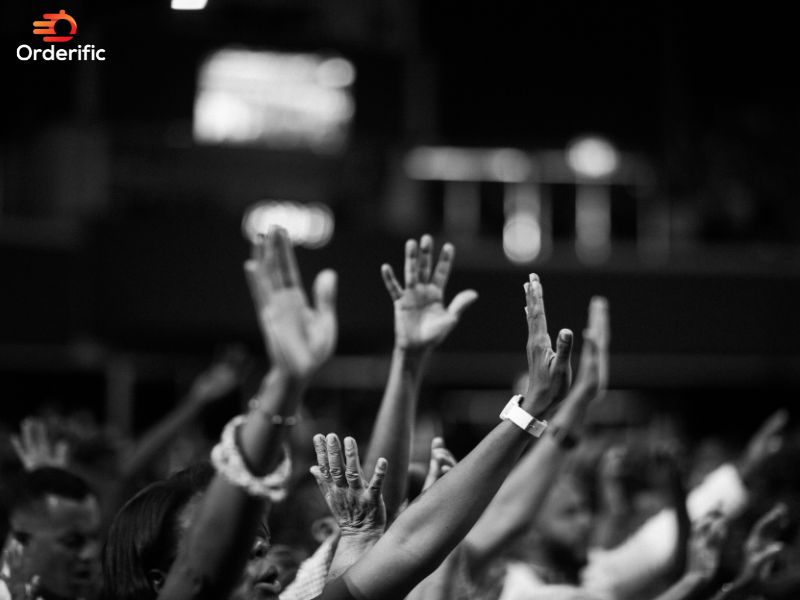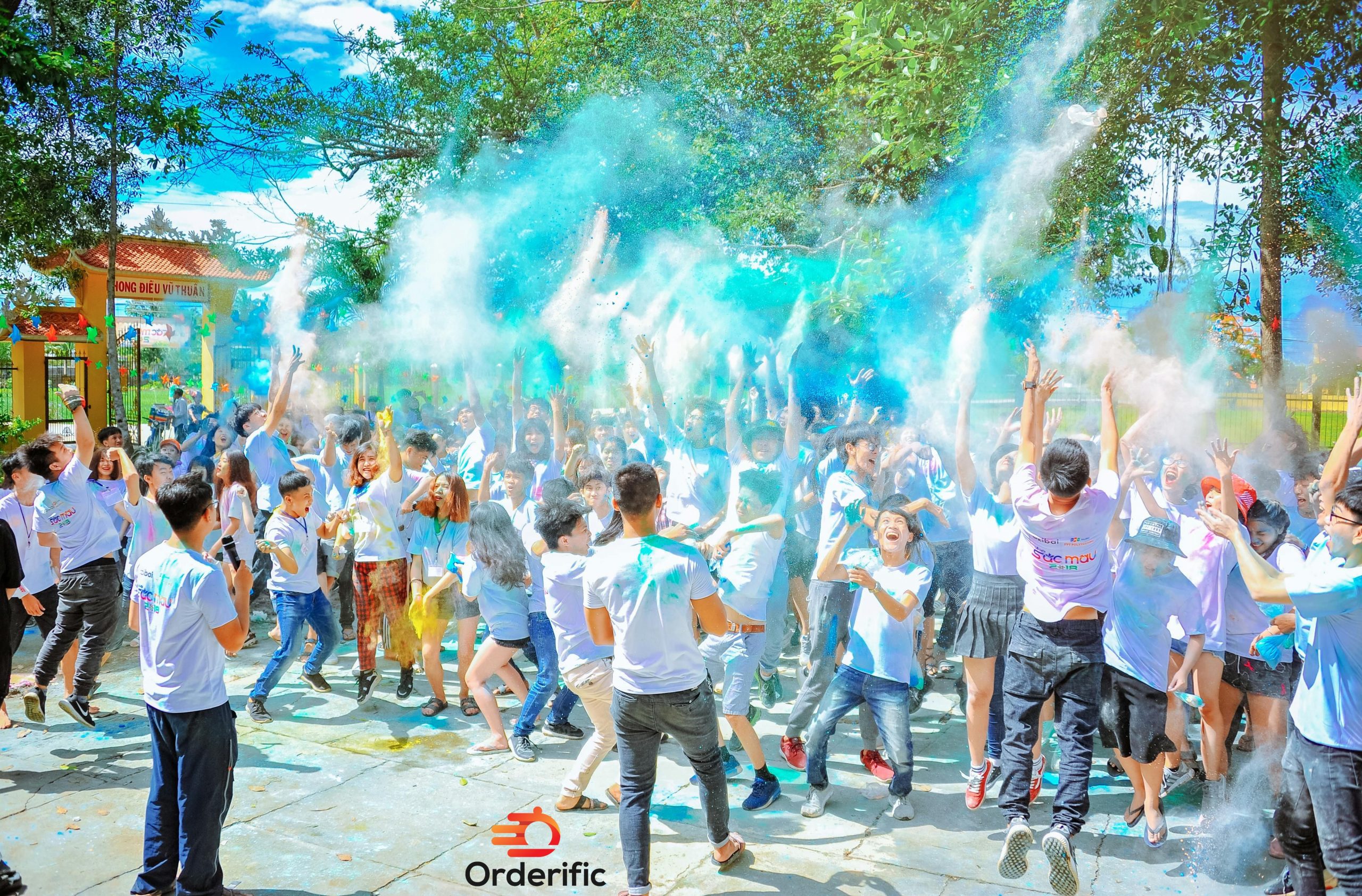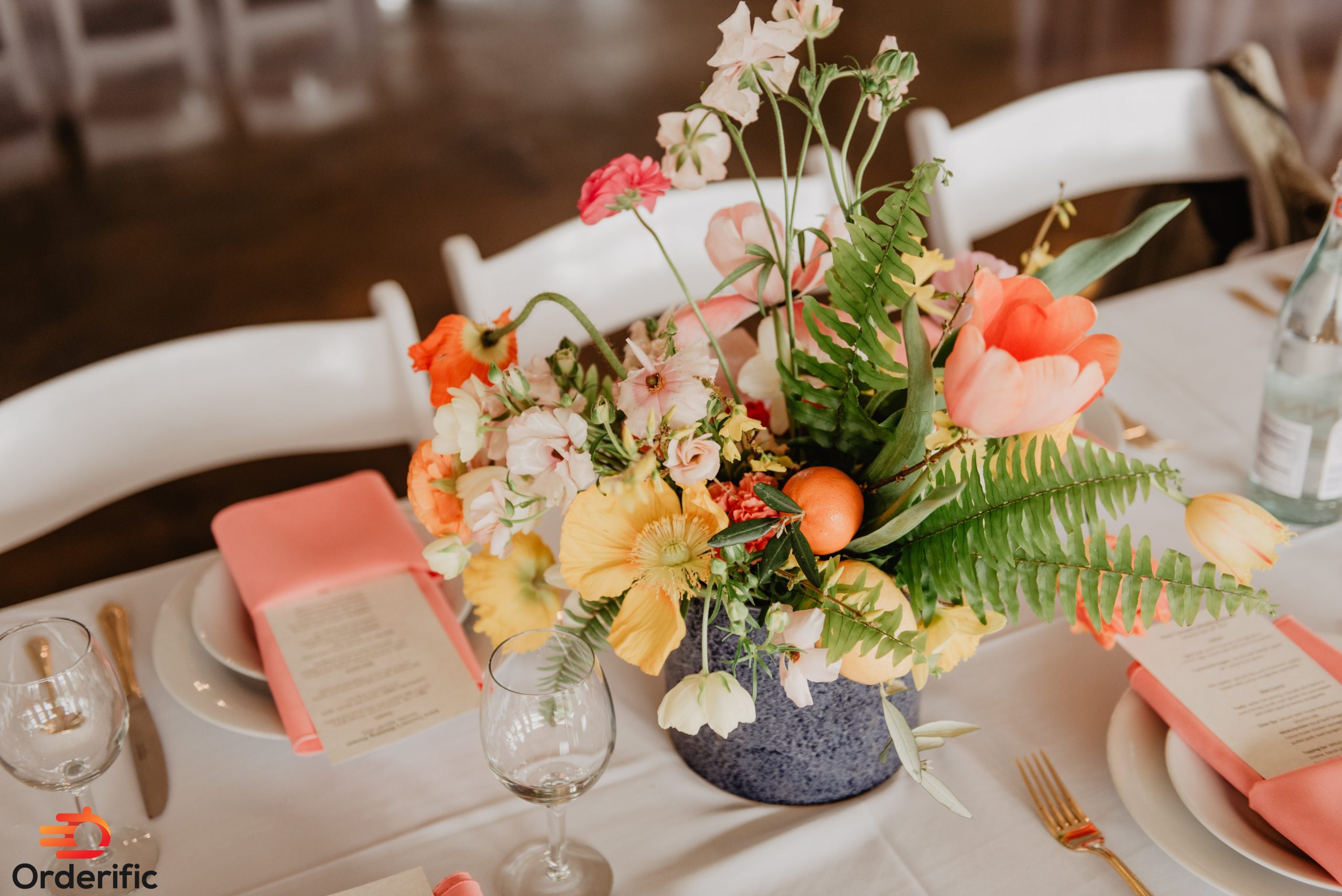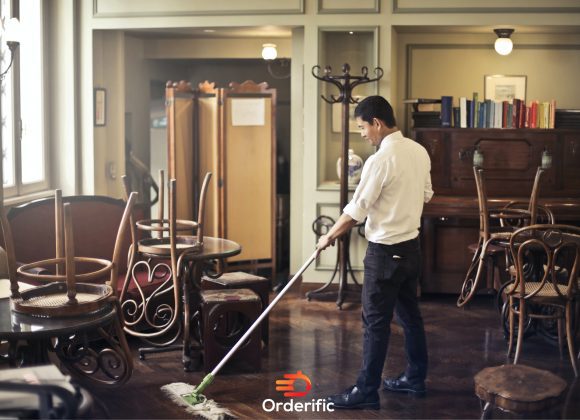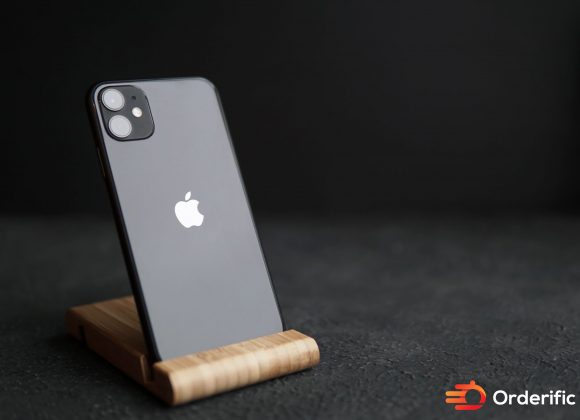Introduction
Whether you’re a dedicated runner, an enthusiastic tennis player, or someone who values comfort, finding the best shoes for ankle support is crucial. The importance of proper permission must be balanced, particularly for those with weak ankles or an inclination towards ankle sprains. As a solution, many turn to brands such as New Balance or Nike React, known for their advanced cushioning and arch support. Suitable walking or running shoes can make a difference even for flat feet. Choosing the right shoes can minimize ankle pain, injuries, and discomfort if not wholly avoided. From trail running shoes to basketball shoes, this curated list of the 12 best shoes for ankle support will guide you toward the ideal pair, ensuring you step confidently.
What Causes Ankle Pain And Weakness?
Ankle pain and weakness, a prevalent concern among many individuals, can be attributed to various factors and conditions. One of the primary causes is injury, such as an ankle sprain, which can lead to ongoing discomfort and instability. Additionally, certain medical conditions like arthritis and gout can contribute to developing ankle pain. The range of discomfort experienced can vary from a dull, persistent ache to sharp, intense pain that becomes unbearable. These symptoms are often worsened by movement or pressure on the affected ankle.
Moreover, weak ankles can result from repetitive injuries or a lack of strength in the muscles that support the ankle joint. This lack of stability can contribute to ankle pain and increase the risk of subsequent injuries. By addressing the underlying causes of ankle pain and strengthening the supporting muscles, individuals can take proactive steps toward alleviating discomfort and improving overall ankle health.
The Role Of Shoes In Ankle Support
Good shoes play a pivotal role in providing adequate ankle support. They offer cushioning and help reduce the impact on the foot and ankle, ensuring a secure and stable position. This becomes even more crucial for individuals with weak ankles or flat feet, as it significantly lowers the risk of developing ankle pain or experiencing an ankle sprain. The right pair of shoes can also enhance arch support, offering much-needed relief from discomfort and improving overall mobility and performance. By investing in proper footwear, you can prioritize your ankles and feet’ well-being and long-term health.
New Balance: Leading The Pack In Ankle Support
New Balance, a well-established brand, stands out in the market for its exceptional shoe range that provides optimal ankle support. Whether you are a runner or a tennis player, their extensive collection of running and tennis shoes is perfectly designed. These shoes are known for their superior cushioning and unmatched comfort and stability, making them an ideal choice for individuals with weak ankles or flat feet. With a solid commitment to quality and functionality, New Balance has rightfully earned its place at the forefront of the best shoes for ankle support. So, if you are searching for reliable footwear that takes care of your ankles and enhances your performance, look no further than New Balance.
Nike React: A Close Competitor
Nike React, a prominent player in the market, has gained recognition for its cutting-edge cushioning technology. The running shoes from this renowned line are meticulously crafted to deliver unparalleled comfort, exceptional responsiveness, and remarkable durability. With their superior arch support, these shoes effectively alleviate foot strain and significantly reduce the likelihood of ankle injuries. Embrace the confidence and peace of mind of wearing Nike React as you conquer your fitness goals with style and ease.
Running Shoes: More Than Just Speed
Running shoes are not only meant for high-impact sports enthusiasts but also serve as an excellent choice for everyday wear. With their robust design, cushioning, and arch support, running shoes provide optimal comfort and support throughout the day. Additionally, the best running shoes offer excellent ankle support, crucial in preventing ankle sprains and reducing discomfort for individuals with weak ankles or flat feet. Whether hitting the pavement or going about daily activities, running shoes are reliable and versatile footwear to keep you comfortable and protected.
Beyond Running: Tennis And Basketball Shoes
Tennis and basketball shoes are specifically engineered to provide significant ankle support, reducing the risk of ankle sprains. These shoes are meticulously designed to cater to the demands of quick, multidirectional movements, making them an excellent choice for individuals prone to such injuries. Additionally, the cushioning technology incorporated in these shoes helps in shock absorption, minimizing the impact on the ankle, and provides enhanced arch support for added comfort and stability.
Walking Shoes: Comfort And Support
Walking shoes are an exceptional choice for individuals seeking comfort and support. These shoes strike a perfect balance between flexibility and rigidity, ensuring the foot receives optimal cushioning while maintaining the necessary firmness to provide support. This unique combination makes them an ideal option for individuals with flat feet or weak ankles, as they effectively minimize strain on the ankle and significantly reduce the risk of potential injuries. With their carefully designed features and thoughtful construction, walking shoes offer unparalleled comfort and protection for all your walking adventures.
Trail Running Shoes: Support For The Adventurous
Trail running shoes are meticulously crafted to provide exceptional stability and support on challenging, uneven terrains. With their reinforced soles and upper structures, these shoes offer enhanced ankle support and minimize the risk of ankle sprains. Whether you have weak ankles or want to ensure optimum protection during your trail runs, these shoes cater to your specific needs and elevate your overall running experience.
Ankle Braces: An Added Layer Of Support
For individuals experiencing more severe ankle issues, incorporating an ankle brace with the appropriate supportive shoe can provide an added layer of support, helping to mitigate the risk of injury. This proactive measure can be particularly beneficial in activities that place additional stress on the ankles, such as running or jumping. However, it is crucial to emphasize that the utilization of ankle braces should always be done under a medical professional’s careful guidance and supervision. This ensures the brace is fitted correctly and its usage does not inadvertently worsen the condition. Prioritizing safety and seeking professional advice is paramount to maximize ankle braces’ positive effects while minimizing potential risks.
What To Look For In The Best Shoes For Ankle Support
Choosing the best shoes for ankle support depends heavily on understanding the construction and features contributing to overall shoe performance. Firstly, a proper shoe for ankle support should have a well-constructed heel counter. The intricate piece in the back of the shoe controls the foot’s motion side-to-side, ensuring your steps are stable and your ankles are less likely to roll.
For those with weak ankles, shoes with a high-top cut can provide extra support, reducing the risk of twisting your ankle. However, ensuring that the high top doesn’t interfere with ankle mobility is essential, as this can lead to discomfort and potential injury.
The shoe’s midsole, which provides cushioning and flexibility, is also a key feature to pay attention to. Materials like EVA (ethyl vinyl acetate) are lightweight and offer good cushioning, whereas polyurethane is denser and sturdier, providing more stability and durability. Depending on your specific needs, you may find one material more suitable.
Importance Of The Right Fit
When selecting shoes for weak ankles, finding the perfect fit is crucial. If the shoes are too tight, they can cause discomfort and potentially worsen any existing foot conditions. On the other hand, if the shoes are too loose, they won’t provide the necessary stability your ankles need.
To ensure you find the right fit, there are a few key considerations to remember. First, when trying on shoes, you must wear the socks you plan to wear with them. This way, you can accurately assess how they feel and fit when wearing them in real-life situations. Additionally, it’s recommended to try on shoes later in the day when your feet tend to be at their largest. This ensures that you account for any potential swelling throughout the day.
As you try on different shoes, pay attention to the amount of space between your longest toe and the end of the shoe. Ideally, there should be about a thumb’s space width to allow for proper movement and comfort. It’s also important to note that the shoe should feel snug but not overly tight. Finding the right balance between support and ease is critical.
Investing in a shoe that fits well and provides the proper support can significantly reduce the risk of ankle injuries. So take your time, try different options, and prioritize finding the perfect fit for your weak ankles.
The Role Of Insoles And Orthotics
Insoles and custom orthotics are not only beneficial for enhancing ankle support, but they can also provide numerous other advantages. By incorporating insoles, you can experience added cushioning, improved fit, and targeted support, especially in the arch of your foot. These over-the-counter solutions are a convenient and cost-effective option for those seeking immediate relief. However, custom orthotics may offer a more tailored and effective solution for individuals dealing with specific foot conditions or severe ankle weakness. It is advisable to seek professional advice from a podiatrist or foot specialist to determine the most suitable option based on your unique needs and requirements.
The Influence Of Shoe Weight And Flexibility
When selecting shoes for ankle support, it’s crucial to consider the weight, flexibility, overall design, and construction. Lightweight shoes, with their agility-enhancing properties, can significantly reduce fatigue and lower the risk of ankle injuries. However, it’s important to note that these shoes may provide a different support and long-lasting durability than their heavier counterparts.
On the other hand, flexibility plays a vital role in allowing natural foot movement. Shoes with a stiff sole may offer increased stability but can also limit foot mobility and cause discomfort. Striking the right balance between flexibility and strength is vital in finding a shoe that provides optimal support without compromising freedom of movement.
Considering the shoe’s weight, flexibility, design, and construction can help ensure that you make a well-informed decision when choosing the proper footwear for ankle support.
Maintenance And Replacement
Finally, keep in mind that even the best shoes won’t last forever. Over time, the supportive structures of the shoe can wear down, reducing their effectiveness in preventing ankle injuries. Regularly inspect your shoes for signs of wear and replace them as needed. A general rule is to replace running shoes every 300-500 miles, but this can vary based on the shoe’s quality, your weight, and your running style.
Navigating the world of footwear can be daunting, but with a better understanding of what to look for, you can find the best shoes for ankle support that cater to your specific needs and preferences. Consult a podiatrist or foot specialist for personalized advice, and remember to prioritize comfort and fit above all else. Good shoes are an investment in your wellbeing, so take the time to make the right choice. With the right pair of shoes, you can walk, run, and play with confidence, knowing your ankles are well supported.
What Is The Best Way To Tie Shoes For Ankle Support?

Tying your shoes correctly is an often overlooked yet crucial aspect of achieving ideal ankle support. The kind of knot you tie, how tightly you tie your shoes, and even the pattern of your laces can significantly impact the level of support and comfort you experience.
Type Of Knot
When it comes to providing ankle support, it’s important to remember that not all knots are created equal. The commonly used “granny knot,” often used to tie shoes, is considered one of the weaker knots due to its tendency to easily come undone. On the other hand, the “square knot,” also known as the “reef knot,” offers a stronger and more balanced hold, significantly reducing the likelihood of slippage. So, when securing your ankle, opting for the square knot will provide you with the confidence and stability you need.
Tightness
The tightness of your shoe laces can also significantly impact ankle support. When shoes are laced too loosely, they fail to provide adequate stability, thereby increasing the risk of ankle sprains. On the other hand, if shoes are laced too tightly, blood flow may be restricted and discomfort can ensue. Striking the right balance is crucial – your shoes should be snug enough to offer support, yet loose enough to allow for unrestricted and comfortable movement. Finding that sweet spot ensures optimal ankle support and minimizes the chances of injury.
Lacing Pattern
The pattern of your laces can also have an impact on the level of ankle support you experience. For instance, the popular “loop, swoop, and pull” method is a simple and effective way to secure your laces for everyday activities. However, for more intense physical activities like running or hiking, you might consider using the “heel lock” or “lace lock” method which provides added ankle support. These methods involve specific techniques that can help minimize the risk of ankle injuries and provide a more secure fit for your feet, allowing you to tackle those challenging trails with confidence.
The Heel Lock Method: Step-By-Step Guide
The “heel lock” or “lace lock” tying method is beneficial for those needing extra ankle support. This technique makes use of the extra set of holes found at the top of most running and hiking shoes, which are designed specifically for creating a heel lock.
- Start by Lacing Up Normally: Begin by lacing your shoes as you normally would, using any standard crisscross pattern.
- Use the Extra Holes: When you reach the second-last set of holes, instead of completing the crisscross pattern, insert the laces into the extra set of holes to create loops on both sides of the shoe.
- Create the Lock: Cross your laces and insert them into the loop on the opposite side. Pull the laces tight to create the lock.
- Finish with a Bow: Finish by tying a standard bow with the remaining lace. The finished result should feel snug and secure, with your heel locked in place.
The heel lock method prevents your foot from sliding forward in the shoe, providing extra stability and reducing the risk of ankle sprains.
Alternative Lacing Techniques For Ankle Support
While the heel lock method provides excellent ankle support, there are other lacing techniques that can also offer additional stability.
Parallel Lacing: Also known as “straight lacing”, this technique involves lacing the shoes so that the laces run parallel to each other rather than crossing over. This method provides a clean look and reduces pressure on the top of the foot, enhancing comfort.
Cross Lacing: This is the most common method of lacing shoes and provides a good balance of comfort and stability. Cross lacing involves crossing the laces over each other in a diagonal pattern, ensuring even pressure distribution across the foot.
Loop Lacing Lock: Similar to the heel lock method, this technique creates extra friction between the laces at the top of the shoe to provide a more secure fit. The loop lacing lock is particularly useful for preventing heel slippage during rigorous activities like running or hiking.
Maximizing Ankle Support: Tips And Tricks
To maximize the ankle support your shoes provide, here are a few additional tips to keep in mind:
- Use Quality Laces: It’s worth investing in quality laces. Look for ones made from durable material like nylon or polyester, as they’re less likely to tear or come undone.
- Replace Worn-out Laces: If your laces are fraying, it’s time to replace them. Worn-out laces can snap unexpectedly, causing you to trip and potentially injure your ankle.
- Double Knot for Extra Security: If your laces have a habit of coming undone, consider using a double knot. This will provide extra security, ensuring your shoes stay tied during your activities.
- Ensure Even Pressure Distribution: When lacing up your shoes, ensure the pressure is evenly distributed across your foot. Uneven lacing can lead to discomfort and a lack of proper support.
Whether you’re running a marathon or just going for a leisurely walk, employing the correct shoe-tying techniques can significantly enhance ankle support, improve your performance, and decrease the risk of injury. Always prioritize comfort and ensure your shoes are tied securely to provide the best possible support for your ankles.
How We Chose The Best Shoes For Ankle Support
When it comes to finding the best shoes for ankle support, we spared no effort in our quest for excellence. Our approach involved a rigorous process of extensive research, meticulous analysis, and thorough practical testing to ensure that our recommendations are nothing short of exceptional.
Recognizing the paramount importance of footwear in safeguarding against ankle injuries, enhancing performance, and promoting overall foot health, we took great care in curating a selection that ticks all the right boxes.
Rest assured, our dedication to detail and commitment to excellence have culminated in a collection of shoes that not only provide unrivaled ankle support but also elevate your overall running experience. So, step into a world of superior comfort, performance, and protection with our meticulously chosen selection of ankle-supporting shoes.
Comfort
One of the key factors we took into consideration when selecting the optimal shoes for ankle support was the utmost importance of comfort. We firmly believe that a shoe’s comfort is not merely a luxury, but an absolute necessity, particularly when it comes to providing adequate support for weak ankles. In our pursuit, we diligently sought out shoes that boast generous cushioning, employ breathable materials, and exhibit a design that facilitates natural foot movement. Notably, we paid special attention to shoes that feature extra padding around the collar and underfoot, as these attributes enhance overall comfort and offer superior shock absorption capabilities. By meticulously considering these aspects, we aimed to ensure that the chosen shoes provide the utmost comfort and support for individuals with weak ankles, enabling them to go about their daily activities with ease and confidence.
Fit
When it comes to ankle support, finding the right fit is absolutely vital. Ill-fitting shoes can cause discomfort, instability, and ultimately, lead to injuries. That’s why we’ve prioritized shoes that not only offer a true-to-size fit but also come in a range of widths to accommodate different foot shapes. We understand that everyone’s feet are unique, and we believe that every individual deserves shoes that provide the perfect fit.
But it doesn’t stop there. We’ve also paid extra attention to the closure system of the shoes. We’ve carefully selected shoes with laces or straps that allow for easy adjustability, ensuring that you can customize the fit according to your preference. With a secure and adjustable closure system, you can have peace of mind knowing that your shoes will stay in place, providing the support and stability you need.
We understand the importance of ankle support and the impact it can have on your overall performance. That’s why we’ve gone the extra mile to curate a collection of shoes that not only prioritize comfort and support but also offer a precise fit that caters to your individual needs. Trust us to provide you with the perfect combination of style, functionality, and most importantly, the right fit for your ankles.
Cushioning
When it comes to cushioning, it plays a vital role in absorbing shock and alleviating pressure on the foot and ankle. That’s why we took great care in selecting shoes that offer exceptional cushioning, especially in the midsole and insole. We prioritized materials like EVA and memory foam, which not only provide excellent shock absorption but also ensure lightweight comfort. Additionally, we thoroughly considered the quality and strategic placement of the cushioning, as these factors significantly contribute to the overall comfort and support that the shoes can provide. By paying attention to these details, we aimed to deliver footwear that exceeds expectations in terms of cushioning performance.
Design And Construction
When it came to the design and construction of the shoes, we paid careful attention to every aspect. We sought out shoes that not only boasted a sturdy construction but also featured a thoughtful design that prioritized excellent ankle support. In our search, we specifically looked for shoes that incorporated a well-structured heel counter, a supportive midsole, and a deep, roomy toe box. These key indicators served as our guide in identifying a well-designed, supportive shoe that would meet our standards of comfort and functionality.
Weight And Flexibility
Shoe weight and flexibility are crucial factors directly impacting both comfort and performance. When a shoe is excessively heavy, it restricts mobility and induces fatigue, impairing overall performance. Conversely, a shoe that is excessively light may lack the necessary support, jeopardizing foot stability. In our quest for the perfect balance, we meticulously curated shoes that strike an optimal equilibrium between weight and flexibility. This careful selection ensures that our shoes not only facilitate natural foot movement but also provide the essential stability required for a superior performance experience.
Customer Reviews
Finally, we considered the opinions of those who have worn the shoes in real-life scenarios. Customer reviews provided us with valuable insights into factors such as durability, comfort over long periods of wear, and the shoe’s performance in various conditions. We took these reviews into account, ensuring that our recommendations align with the experiences of actual users.
In conclusion, our aim was to find shoes that deliver exceptional ankle support without sacrificing on comfort, functionality, or style. We believe that the right pair of shoes can make a world of difference in maintaining foot health and preventing ankle injuries. Therefore, we hope our research and recommendations assist you in finding the perfect pair of shoes for your specific needs. Remember, investing in a good pair of shoes is investing in your overall health and well-being.
Conclusion
In conclusion, the quest for the perfect pair of shoes for ankle support is a delicate dance between comfort, fit, cushioning, design, weight, flexibility, and customer satisfaction. We’ve done the rigorous research and meticulous analysis to present you with options that meet all these criteria. Remember, the right pair of shoes is more than just a fashion statement. They can greatly enhance your performance, protect against injuries, and contribute significantly to your overall well-being. If you’re ready to step into comfort, stability, and style, consider scheduling a demo with Orderific today. Let us guide you on the path to finding the perfect shoes that will provide the optimum support for your weak ankles. Contact us today to schedule your demo and take the first step towards a better walking or running experience.
FAQs
Why are shoes with ankle support important?
Shoes with ankle support are important to prevent injuries and provide stability and comfort during walking or running.
Who can benefit from shoes with ankle support?
Anyone, particularly individuals with weak ankles, athletes, or individuals who are on their feet for extended periods.
What features should I look for in shoes with ankle support?
Look for adequate cushioning, a good fit, and a supportive design in shoes with ankle support.
Are there specific activities that require shoes with ankle support?
Yes, activities like running, hiking, and certain sports often require shoes with ankle support.
Can I find stylish options among shoes with ankle support?
Yes, plenty of stylish options are available among shoes with ankle support.


